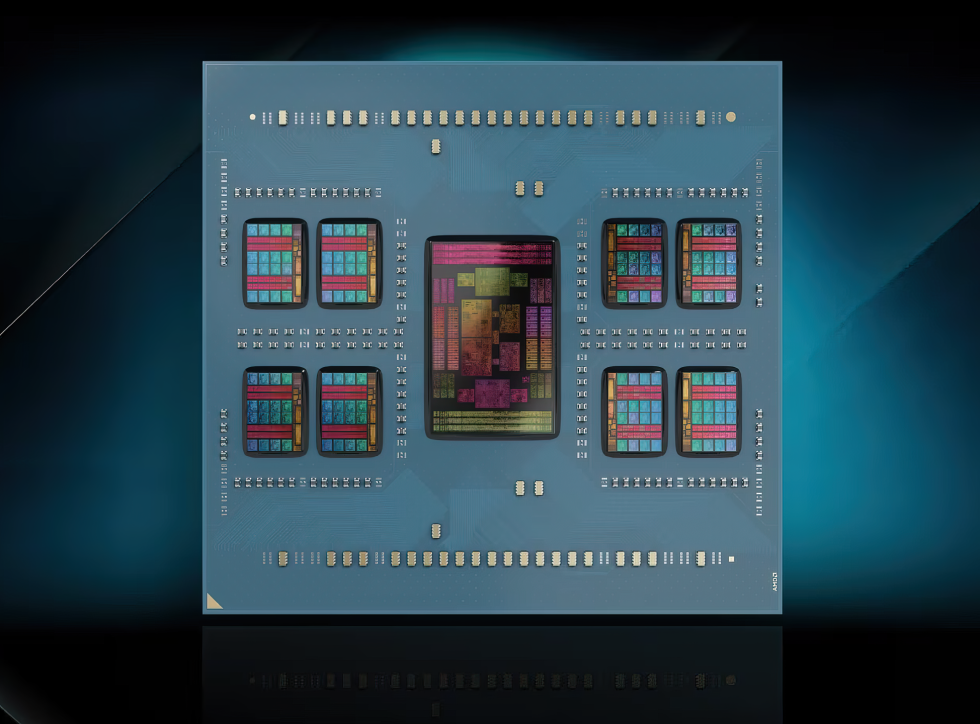AMD officially presented its new EPYC Bergamo CPUs, which are equipped with the Zen 4C CPU cores. Thanks to this potent core architecture, AMD can achieve an impressive doubling of core density compared to the conventional Genoa chips. This allows the Bergamo CPUs to support up to 128 cores and 256 threads, a 33.3% increase over the standard Zen 4 core. Despite these innovations, AMD keeps its proven architecture options almost unchanged and thus continues to set standards in terms of efficiency compared to the competition.

Now, for the first time, there are independent benchmarks for the AMD EPYC 9754 “Bergamo” processor, which is also the top model. This chip impresses with 128 cores, 256 threads, an L3 cache of 256 MB and clock speeds of up to 3.10 GHz. At the same time, it stays in a casing with a TDP of 360 W. The CPU’s performance was tested in both 1P and 2P configurations.

With a narrow lead of 3.2%, the AMD EPYC 9754 “Bergamo” CPU alone was able to defeat two AMD EPYC 9554 64-core Genoa CPUs. The Genoa CPUs are characterized by a considerably higher boost clock of 3.75 GHz, which is 21% higher than that of the Bergamo CPU. Compared to the top model of the Genoa CPUs, the EPYC 9654 with a boost clock of 3.7 GHz, the Bergamo CPU achieved a remarkable 41% performance increase. Furthermore, the CPU also outperformed a dual-processor Intel Xeon Platinum 8490H platform by 42%.

However, this is just a single chip. What happens when you use two AMD EPYC 9754 “Bergamo” CPUs? Well, the answer is a huge 50% improvement over two EPYC 9654 CPUs and an impressive 2.37x increase over the top-end option with two Intel Sapphire Rapids CPUs. Even compared to the fastest Threadripper Pro CPUs currently available, the 5995WX in a 2-way configuration, the dual-socket solution with EPYC Bergamo offers an impressive 2.42x performance increase.
https://twitter.com/9550pro/status/1669002027253518336
It’s impressive that performance has increased by a full 50 percent, especially considering that this improvement is based on a 33 percent increase in core count, while maintaining a lower boost clock compared to the standard Genoa chips. The fact that AMD’s EPYC Bergamo is already faster than Intel’s Sapphire Rapids could have an unfavorable impact on the future Sierra Forest e-core chips, which are not expected for another year.
Source: WccfTech































17 Antworten
Kommentar
Lade neue Kommentare
Urgestein
Moderator
Urgestein
Mitglied
Urgestein
Urgestein
Urgestein
Urgestein
Urgestein
Urgestein
Urgestein
Urgestein
Urgestein
Urgestein
Urgestein
Urgestein
Mitglied
Alle Kommentare lesen unter igor´sLAB Community →